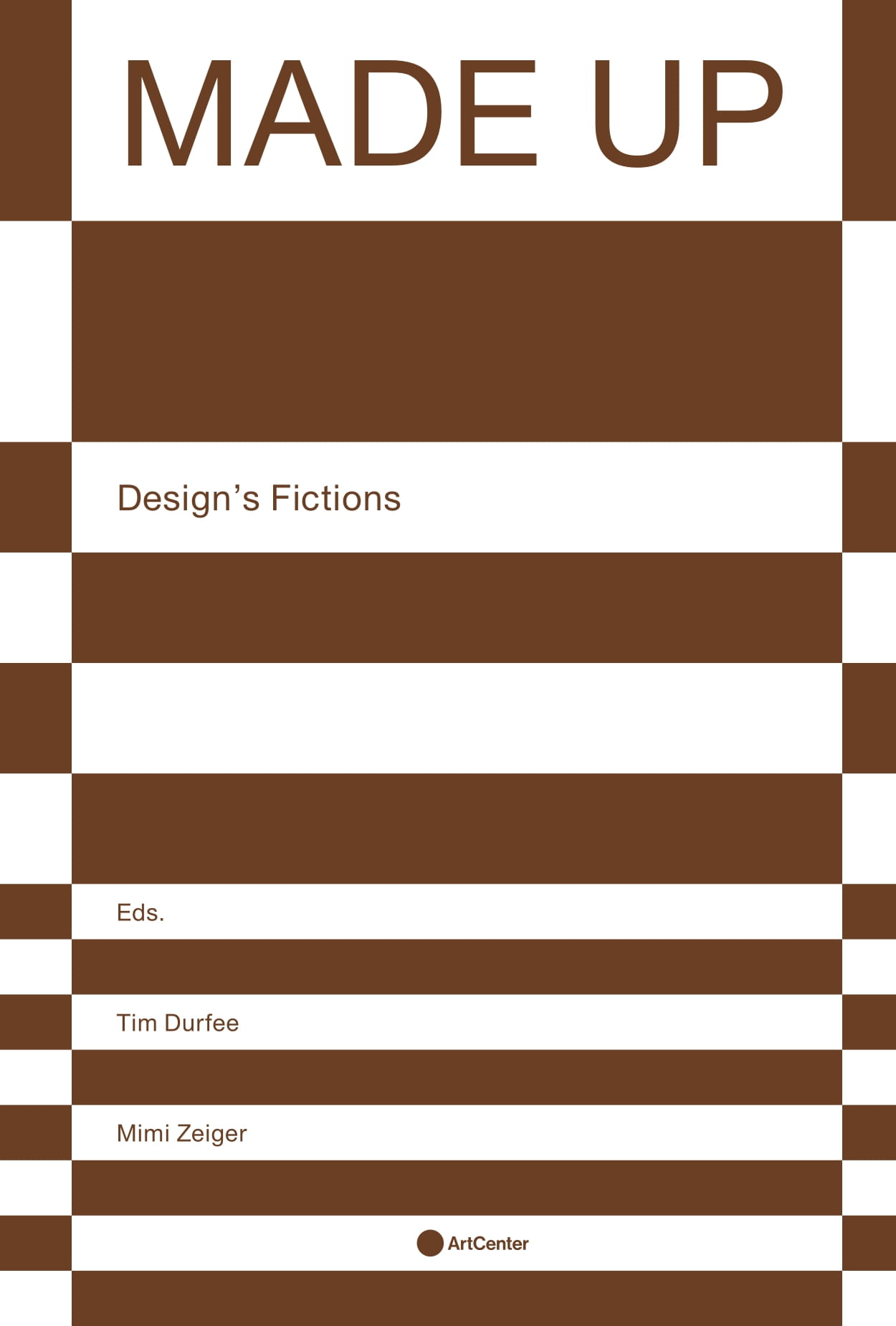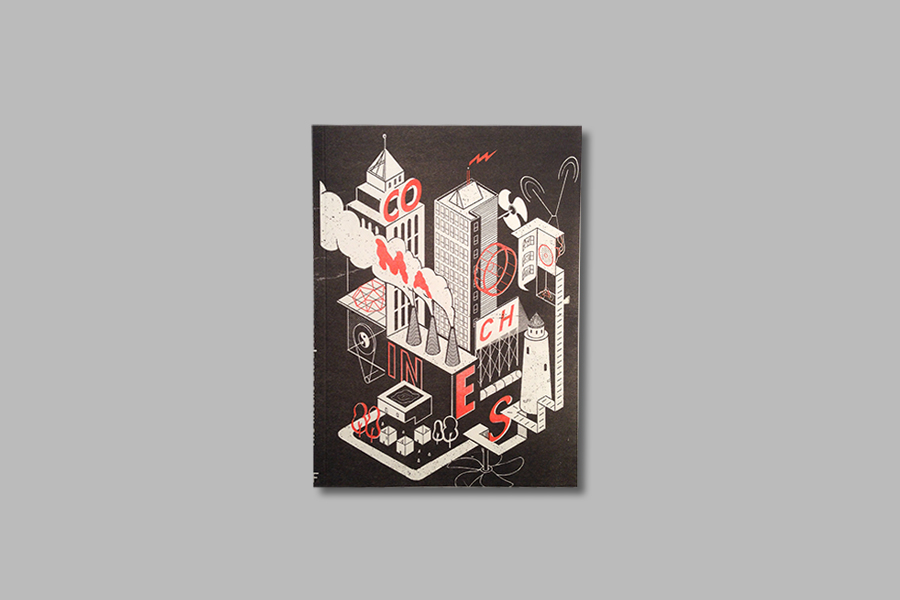Sometimes the ending is the beginning. Curation, as with criticism, hinges between the labor of production and turning that work to face the public. As such, the opening of an exhibition represents an end point for the curatorial team and the start of an audience’s engagement with the ideas, materials, and experiences on view. Which is why, when reflecting on representation and a broad interpretation of the term to convey both the mechanical processes of display and the making seen and heard the bodies and voices structurally left out of the discourse, it makes sense to begin at the inauguration of the U.S. Pavilion at the 2018 Venice Architecture Biennale.

Tim Durfee, Mimi Zeiger, editors
At a time when “fake news” is part of our daily cultural lexicon, Made Up: Design’s Fictions explores lies, fantasies, and other un-real scenarios as tools of design.
Through essays, interviews, and narratives by Bruce Sterling, Fiona Raby, Sam Jacob and other significant voices in the field, this volume questions the initial discourses around “design fiction”—a broad category of critical design that includes overlapping interests in science fiction, world building, speculation, and futuring. Made Up: Design’s Fictions advances contemporary analysis and enactment of narrative and speculation as an important part of practice today.
Essays, interviews, and narratives by: Julian Bleecker, Benjamin H. Bratton, Anne Burdick, Emmet Byrne, Stuart Candy, Fiona Raby, Tim Durfee, Sam Jacob, Norman M. Klein, Peter Lunenfeld, Geoff Manaugh, Tom Marble, m-a-u-s-e-r, Metahaven, China Miéville, Keith Mitnick, MOS, Susanna Schouweiler, Bruce Sterling, Mimi Zeiger.
Size: 6.25 × 9.25 in. / 16 × 23.5 cm.
Pages: 108
Illustrations: One-Color
Cover: Softcover
Publication date: December 2017
Published By: Actar Publishers / Art Center Graduate Press
ISBN: English 978-1- 5323-4788- 7
Price: 13.50 € / $16 / £12
As busy, busy people who move through the world and occasionally need to sit still, we have a tacit understanding that furniture should be, if not comfortable, at least neutral — ready to accept the buttocks of any size, gender, race, or orientation. Beautiful designs tempt us into repose. However the conceit of universal design is upset when we are forced to recognize that not all bodies fit in or are supported by the most elemental of objects. So when, earlier this year, Hunger and Bad Feminist author Roxane Gay was fat-shamed for requesting a chair sturdy enough to support her frame and outcry ensued against this affront on body acceptance, I was also shocked by how a simple function — sitting — could be weaponized against bodies. It’s with Gay’s incident in mind that I approached maneuvering my wide hips into the dimensions of Frank Lloyd Wright’s Barrel chair. Low ceilings are generally cited for the architect’s famous disregard for bodies other than his own, his sense of scale being modeled on his (alleged) 5-foot-8-and-1/4-inch height. Designed in 1907 as part of the custom furniture of his Gesamtkunstwerk, Darwin Martin House in Buffalo, the Barrel chair is one of his most popular designs, often replicated in its nearly circular geometries. Settled into a reproduction of its oak corseting and obliged thereby to adopt a morally good posture, I imagine other people, other soft bits, shifting uncomfortably against the constraints of universality, yet comforted by the allure of an icon.

Inspired by the recent tendency among architects and designers to opt out of traditional office work in favour of creating self-initiated interventions in public space, ‘Co-Machines’ map out a new architectural movement motivated by practices of place-making, occupying and squatting, and alternative economies. Ecological or technological in scope, all the interventions are mobile and nearly all of them are performed without permission from city planners. Presenting a selection of international projects by emerging designers, ‘Co-machines: Mobile Disruptive Architecture’ shows the life of the alternative, grassroots and DIY with an independent spirit. It seeks out approaches and strategies to complement established urban planning and city-building, and show the beauty and fun in the initiative. In a range of ways, ‘Co-Machines’ raises questions about the function of architectural permanence, the opportunities for social, ecological, ethical or dynamics otherwise in urban planning and the scope of architecture at large.
ON/OFF (Dan Dorocic, Mimi Zeiger, Kim Dovey, Alan Smart, Nick Green, Fiona Shipwright, Michael Maginness, Alison Hugill, Diane Barbé, Benni Foerster- Baldenius, Carole Lung, Sam Carvalho )